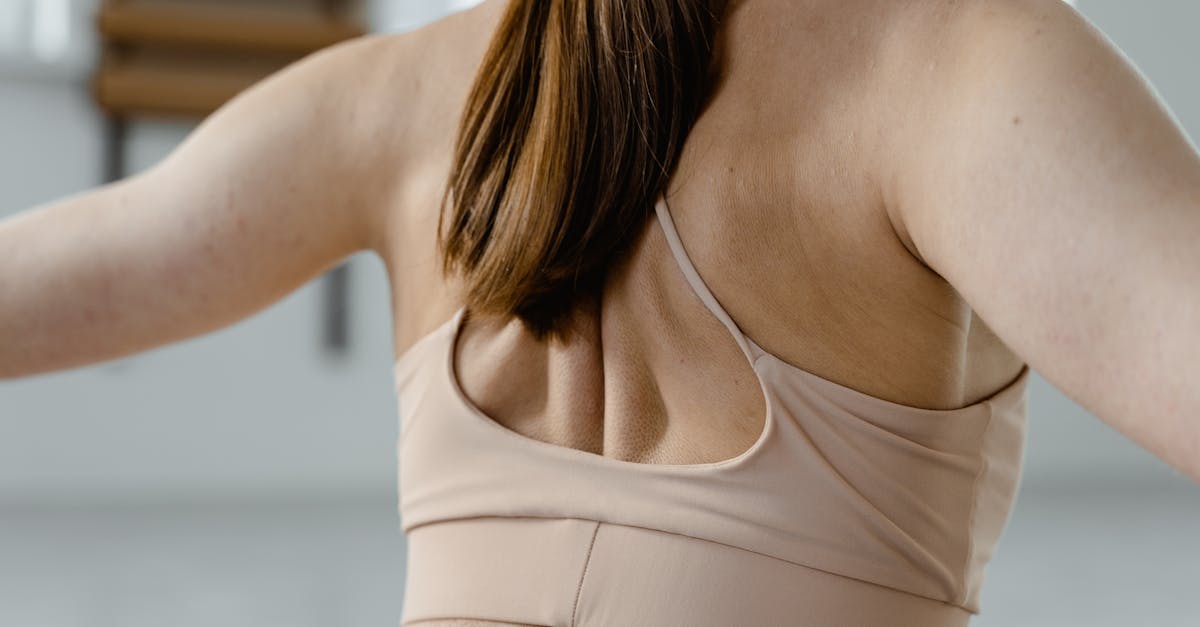
Introduction
If you are an endurance runner living in Des Moines and experiencing unusual back discomfort or postural changes, you might be wondering about scoliosis in adults. Scoliosis, often associated with adolescents, can also affect adults and presents unique challenges. This article provides beginner-friendly information on symptoms, causes, and practical at-home management strategies tailored for active adults like yourself.
Learn more about your condition, how to recognize signs, and what to do to help ease discomfort with simple, evidence-informed approaches.
Causes & Anatomy of Adult Scoliosis
Scoliosis is a sideways curvature of the spine that can develop or worsen in adulthood. Unlike adolescent scoliosis, adult scoliosis often results from degenerative changes in spinal discs and joints over time. For endurance runners, repetitive motions and strain on the spine can contribute to discomfort if scoliosis is present.
The spine consists of bones called vertebrae, discs that act as cushions, and joints like the sacroiliac (SI) joint. Degeneration or injury in these components can change spinal alignment. Understanding the anatomy helps in managing symptoms effectively.
Symptoms & Risk Factors
Symptoms of scoliosis in adults may include:
- Visible curve or uneven shoulders or hips
- Back pain, which can be chronic
- Muscle fatigue after activity
- Difficulty maintaining posture
- Numbness or tingling in limbs (in severe cases)
Risk factors include advancing age, previous spinal injuries, and conditions like osteoporosis or degenerative disc disease. If you notice sudden weakness, loss of bladder or bowel control, or severe trauma, seek immediate medical attention.
At-Home Relief for Scoliosis Symptoms
Managing scoliosis at home focuses on activity modification and symptom relief:
- Modify running routines: Lower intensity or shorten distances during flare-ups.
- Heat or ice packs: Apply to ease muscle tension and inflammation.
- Gentle mobility: Engage in light stretching to maintain flexibility without strain.
- Rest: Allow adequate recovery time when pain increases.
For those interested, our guide on 7 Science Backed Approaches to Physical Therapy for Back Pain Relief offers useful strategies to complement at-home care.
Evidence-Informed Exercises
Several gentle exercises can support spinal health and alleviate symptoms of scoliosis:
- Chin tucks: Help improve neck posture and reduce strain.
- Thoracic extensions: Encourage spine mobility.
- McKenzie-style exercises: Focus on spinal alignment and pain reduction.
- Core stabilization: Strengthening core muscles supports spinal structure and function.
Incorporating these exercises can complement your endurance training while reducing discomfort. For a deeper understanding, see our Essential Guide to Core Stabilization Training for Back and Neck Health in 2025.
Posture & Ergonomics
Proper posture and ergonomics help prevent worsening of scoliosis symptoms especially outside running:
- Ensure desk setup supports neutral spine alignment by adjusting chair height and monitor position.
- Practice safe lifting mechanics, bending at the hips and knees rather than the back.
- Avoid prolonged sitting or standing; take breaks to move regularly.
These habits assist in reducing strain on your back, particularly if you combine them with walking programs as suggested in How Physical Therapy for Back Pain and a Walking Program Can Help You Manage Low Back Discomfort.
Professional Treatments
If symptoms persist or worsen, professional treatment may be necessary. Physical therapy and chiropractic care can provide targeted interventions. Procedures like SI joint injections or selective nerve root blocks may be recommended to manage pain.
Post-op rehab is important for those undergoing surgery to correct spinal curvature or relieve nerve compression. Always consult your healthcare provider for personalized advice and diagnostic imaging if needed.
Lifestyle & Prevention
Maintaining a healthy lifestyle supports spine health and helps manage scoliosis symptoms:
- Choose a supportive sleeping surface that maintains spine alignment.
- Engage in regular low-impact activities like walking to promote circulation and flexibility.
- Practice stress management techniques to reduce muscle tension and improve overall wellness.
Implementing these measures can help minimize discomfort and maintain your endurance running performance.
When To Seek Care
Consult a healthcare professional if you experience:
- Sudden numbness or weakness in legs or arms
- Loss of bladder or bowel control
- Severe trauma or injury to the back
- Fever accompanying back pain
- Increasingly severe or persistent pain despite home care
Early evaluation ensures timely management and prevents complications.
Conclusion
Scoliosis in adults can impact endurance runners but understanding its symptoms and causes allows you to take proactive steps at home and seek professional care when necessary. Incorporate gentle exercises, maintain good posture, and modify activities as needed to support your spine health.
Explore more guides on Understanding Pain Neuroscience Education Your Guide to Relief and Recovery to deepen your knowledge and improve your well-being.
Disclaimer: This article is for informational purposes only and is not a substitute for professional medical advice.
FAQ
What causes scoliosis in adults?
Adult scoliosis is often caused by degenerative changes in the spine, such as disc wear and joint arthritis, but can also result from untreated childhood scoliosis or injury.
Can endurance running worsen scoliosis symptoms?
Running might increase discomfort if scoliosis is present, especially during flare-ups. Modifying your running routine and including strengthening exercises can help manage symptoms.
Are there effective nonsurgical treatments for adult scoliosis?
Yes, treatments like physical therapy, pain management injections such as SI joint injections or selective nerve root blocks, and post-op rehab if surgery is needed can be effective.
When should I see a doctor for scoliosis symptoms?
If you experience sudden numbness, weakness, loss of bladder or bowel control, or severe pain, seek medical care immediately. Otherwise, persistent or worsening symptoms warrant professional evaluation.
How can I relieve scoliosis pain at home?
At-home relief includes gentle mobility exercises, applying heat or ice, modifying activities, and practicing good ergonomics to reduce strain on your back.